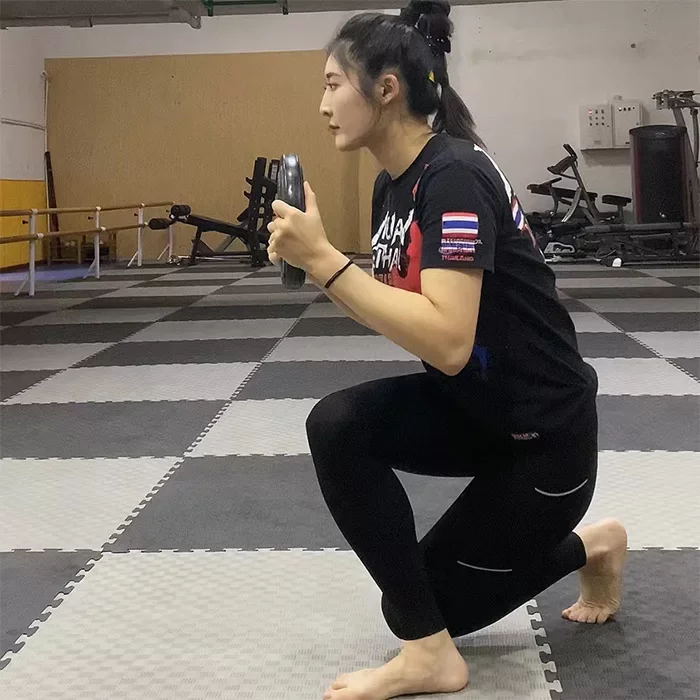Many athletes have discovered that applying electrical muscle stimulation to pectoral region can improve their performance on many levels. EMS training has many advantages and can greatly improve performance in regular workouts. This is even more so in an area like the chest, which tends to be complicated to exercise because of the way the muscles are arranged and their internal structure. If you're interested in better muscle definition and strength in this area, don't miss anything we'll teach you here.
How do you exercise your pecs?
While we're here to highlight the benefits of EMS for developing this part of the body, remember one thing: This stimulation is a complement to a good exercise routine, not the exercise routine itself.
In other words, you need to train in the usual way and then supplement with electrode stimulation, but don't just focus on it and hope for effortless results.
When training these muscles, you can choose either a concentrated routine (for this area only) or a multi-joint exercise that has a direct impact on the chest.
The first includes the classic bodybuilding routines you'll see at any dedicated fitness gym. Routine activities like the classic bench press or push-up engage the pecs in a decisive way, giving it the activity it needs to grow and tone.
These exercises are ideal when you want to specifically target this group of muscles. They are also perfect after a localized EMS session, which greatly adds to its edge and the work done before.
On the other hand, functional exercises like crossfit or swimming directly involve the pectoral muscles. In these cases, the work is not focused on this muscle. But long-term exercise will make them grow naturally.

What is pectoral electrical muscle stimulation?
Now that you've seen and understood the overall structure of the pecs and the proper way to train it, we want to explain how EMS training can more effectively develop this area.
As we have already pointed out, electrical stimulation must always be applied after completing the corresponding chest routine. To give you an idea, it's like including the last part of the training you've done.
It's true that you don't have to do it right after you finish your exercise routine. But at this point we can give the muscle some extra work before resting it so it can recover and produce new fibers.
The intensity depends on the fitness of each athlete. Training the chest of a professional athlete is not the same as training the chest of someone new to the sporting world.
Fortunately, the EMS system we use at GOMANG is designed to provide different intensities. Training time also depends on each individual's condition, although this is best determined by a qualified professional. In this way, both the intensity and duration of training can be increased, giving the muscles a progressive work suited to their nature.
How do the electrodes work on the pectoral muscles?
If your question is how EMS training grows and develops the pectoral muscles, we can tell you that it works exactly the same as our natural, conscious movements.
Remember that muscles move by electrical impulses received from the nervous system. As a result, they contract in a natural way, fully developing their motor phases and giving them the opportunity to move naturally.
Well, what an EMS system does is send the same electrical pulses, but externally generated. This way, you simply place the electrodes on the muscle you want to work (in this case, the pecs) and it will receive the proper pulses in a very localized manner to perform its full range of motion. This way, it receives the same stimulation as when you train it the traditional way.
https://www.gomangems.com/EMS-electric-muscle-training-to-strengthen-pectoral-muscles.html















Comments (0)